Interactive floorplan: Base Valley House, Japan
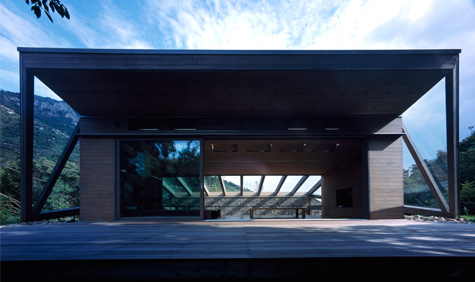
Hiroshi Sambuichi`s ideas on making architecture are as far removed from those of his Tokyo contemporaries as the location of his Hiroshima-based office. With his latest project, a house for a couple and their three children, Sambuichi sets an example for the proper use of natural energy sources, showing that good design is first and foremost all about getting the balance between the building and the earth, right.
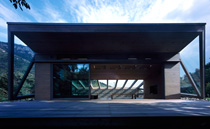
Take a deeper look at the Base Valley house
Sambuichi has always been committed to studying extensively the local climate of each project’s location, before developing the design, and this often involves on-site observations that can take up to an entire year. This is followed by careful elaboration of the results into shapes and spaces made out of high-quality natural materials like Japanese cypress, chestnut wood and crushed stone; a procedure which justifies his growing reputation for producing indigenous architecture, strongly linked with the local landscape, a rarity in-between the concrete examples of modern Japan.
Base Valley looks perfectly natural among its surroundings. “A close examination on how changing wind directions and intensities in daylight influences the site, enables me to understand what kind of architecture is really needed on each location”, explains Sambuichi, when asked about the starting point of his design, which led to the transformation of the site into the family’s 100-m2 permanent base, where from they enjoy the beauty of the adjacent river and mountains.
The dramatic location, the edge of an immense 12,000-m2 river valley plain, surrounded by steep cliffs, means the house has to deal with strong winds from the sea and down the mountain. Instead of trying to resist the harsh climate, Base Valley both protects its inhabitants from the challenging weather conditions, and also respects and makes the most out of the local climate. To make the best use of the wind blowing through the valley the architect decided on a 2,260 m wide cut, a wind street, slicing the entire building volume in north-south direction; this allows the air to flow through the interior. Next, he nestled four bedrooms and a sunroom in the ground, utilizing the earth’s warmth to regulate the indoor temperature. The scheme completes with a living area, dining room and kitchen on the ground level, which is topped off with a slanted glazed roof that follows the slope of the mountain.
“In summer, the subterranean sun room gathers the valley wind so that each bedroom gets a breeze of fresh air, while in winter the glass tent collects the necessary solar heat”, says Sambuichi, explaining the energy efficiency of his natural air-conditioning `machine`. With all windows open, the residents can enjoy the privilege of hearing and feeling the nearby river and falling forest leaves, making living inside Base Valley as close to earth as it can get.
Receive our daily digest of inspiration, escapism and design stories from around the world direct to your inbox.
-
 Wallpaper* Design Awards 2026: Launch of the year shortlist
Wallpaper* Design Awards 2026: Launch of the year shortlistDiscover the shortlist for Launch of the Year in the Wallpaper* Design Awards 2026, from an innovative museum concept to a glass-like hydrating face mask
-
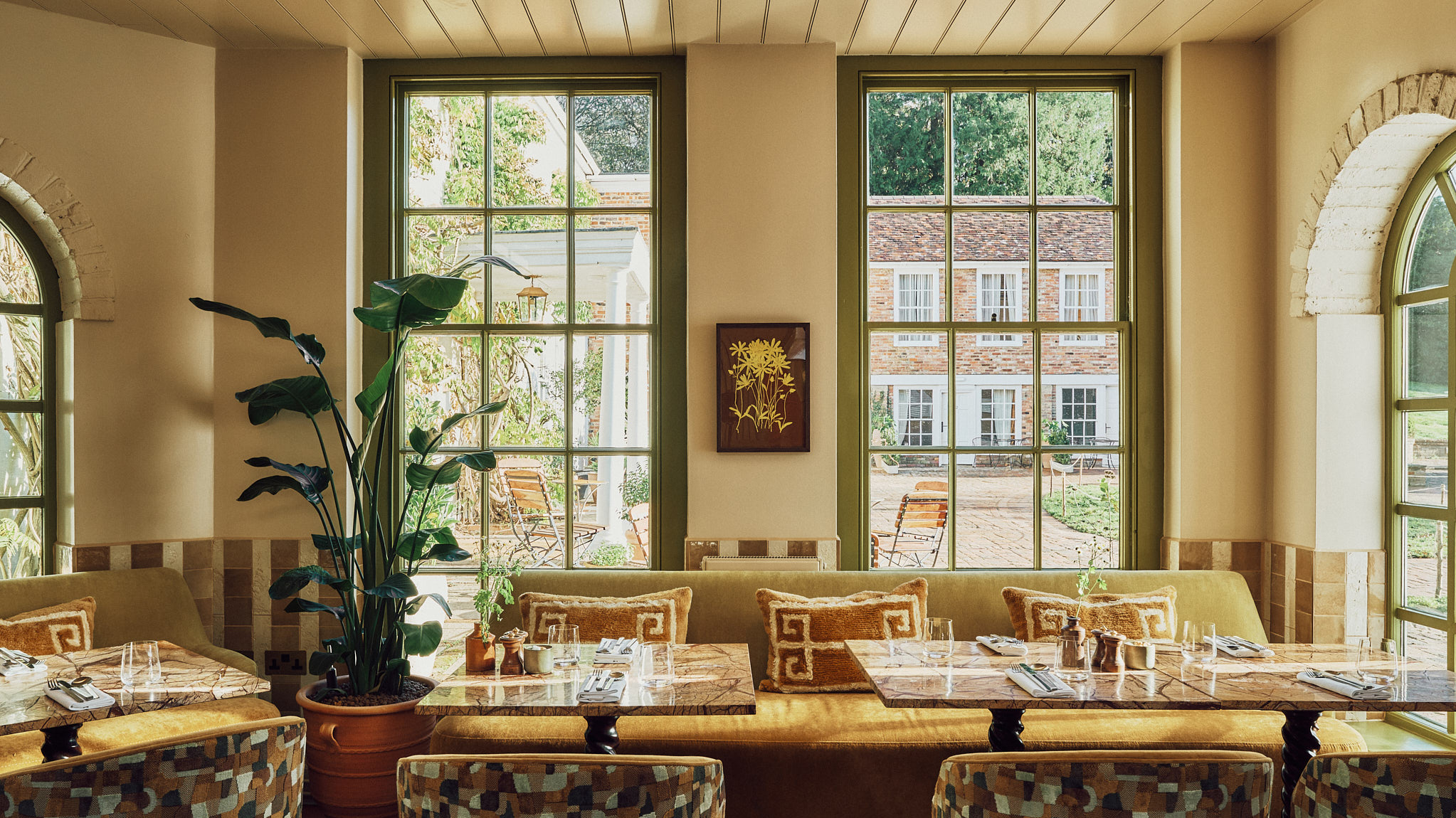 Why the UK’s newest country retreat is placing craft at its core
Why the UK’s newest country retreat is placing craft at its coreCrafted at Powdermills is an ambitious new members’ club and retreat deep in the East Sussex countryside. Designed by House of Dre, it aims to root itself in the local landscape and its community of makers. Wallpaper* pays a visit to find out how
-
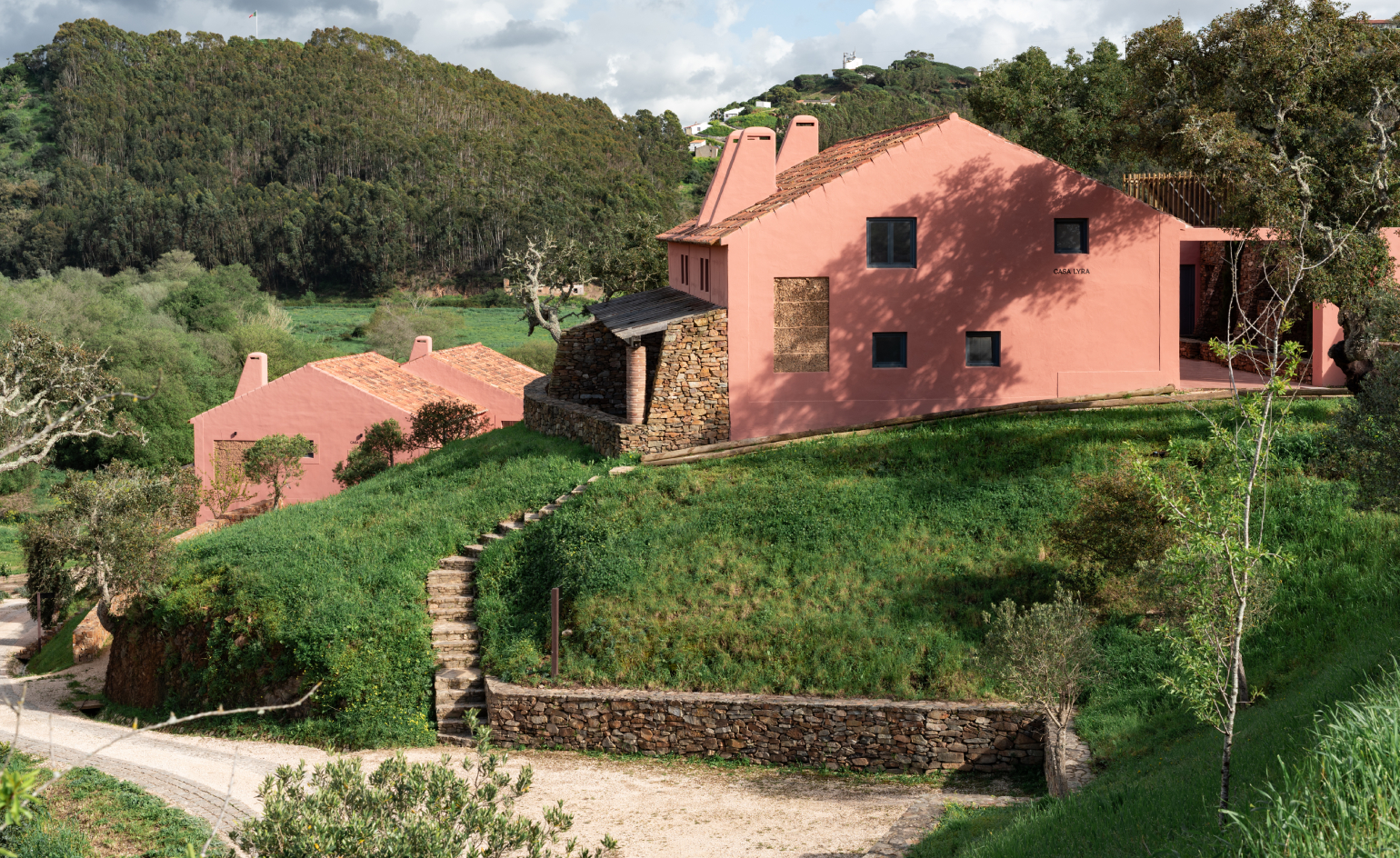 Retreat to an earthy resort in a sylvan slice of the Algarve
Retreat to an earthy resort in a sylvan slice of the AlgarveThe beautifully wild Portuguese landscape envelops the Vale Palheiro Earth Resort, offering visitors a chance to immerse themselves in rural authenticity
-
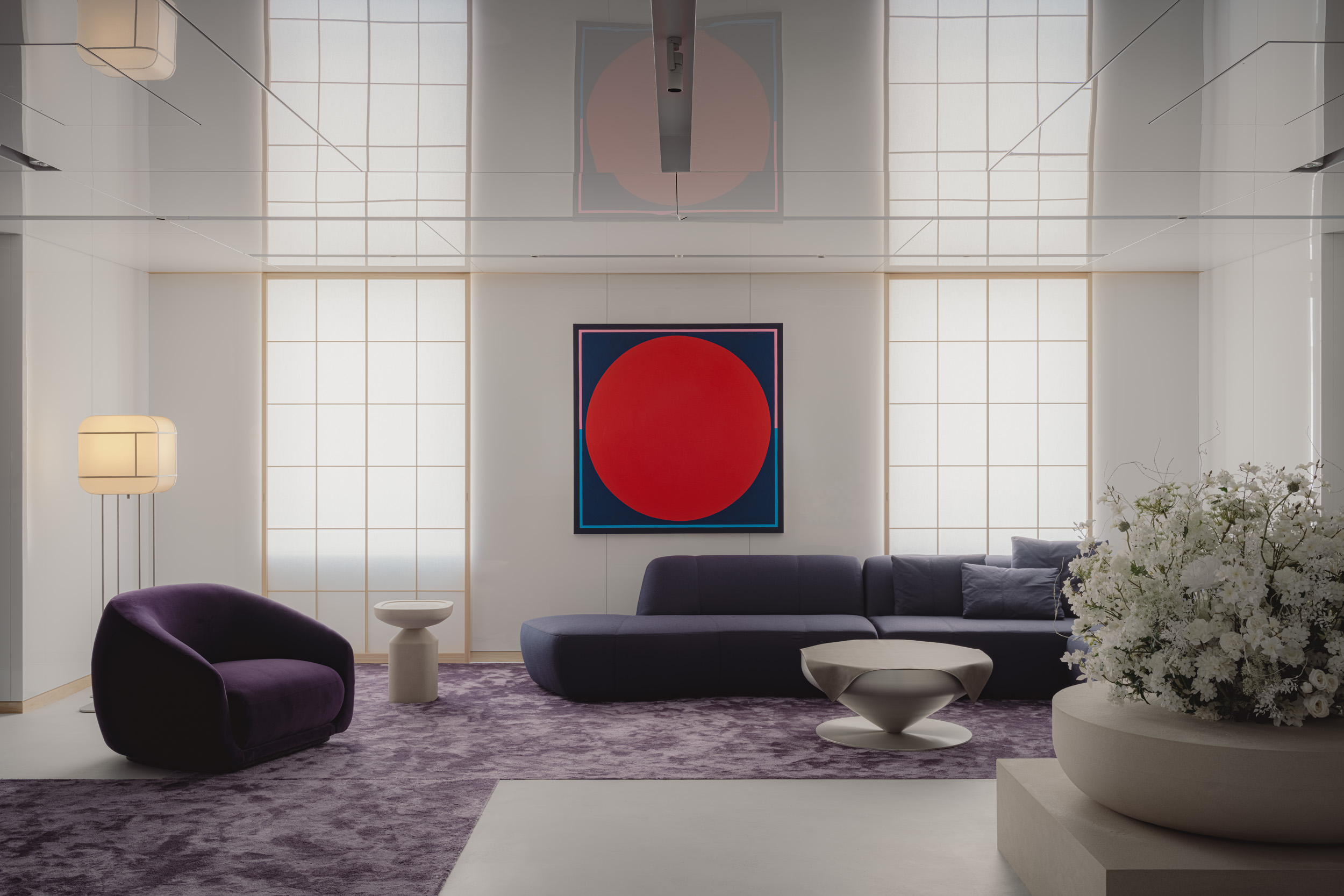 Matsuya Ginza lounge is a glossy haven at Tokyo’s century-old department store
Matsuya Ginza lounge is a glossy haven at Tokyo’s century-old department storeA new VIP lounge inside Tokyo’s Matsuya Ginza department store, designed by I-IN, balances modernity and elegance
-
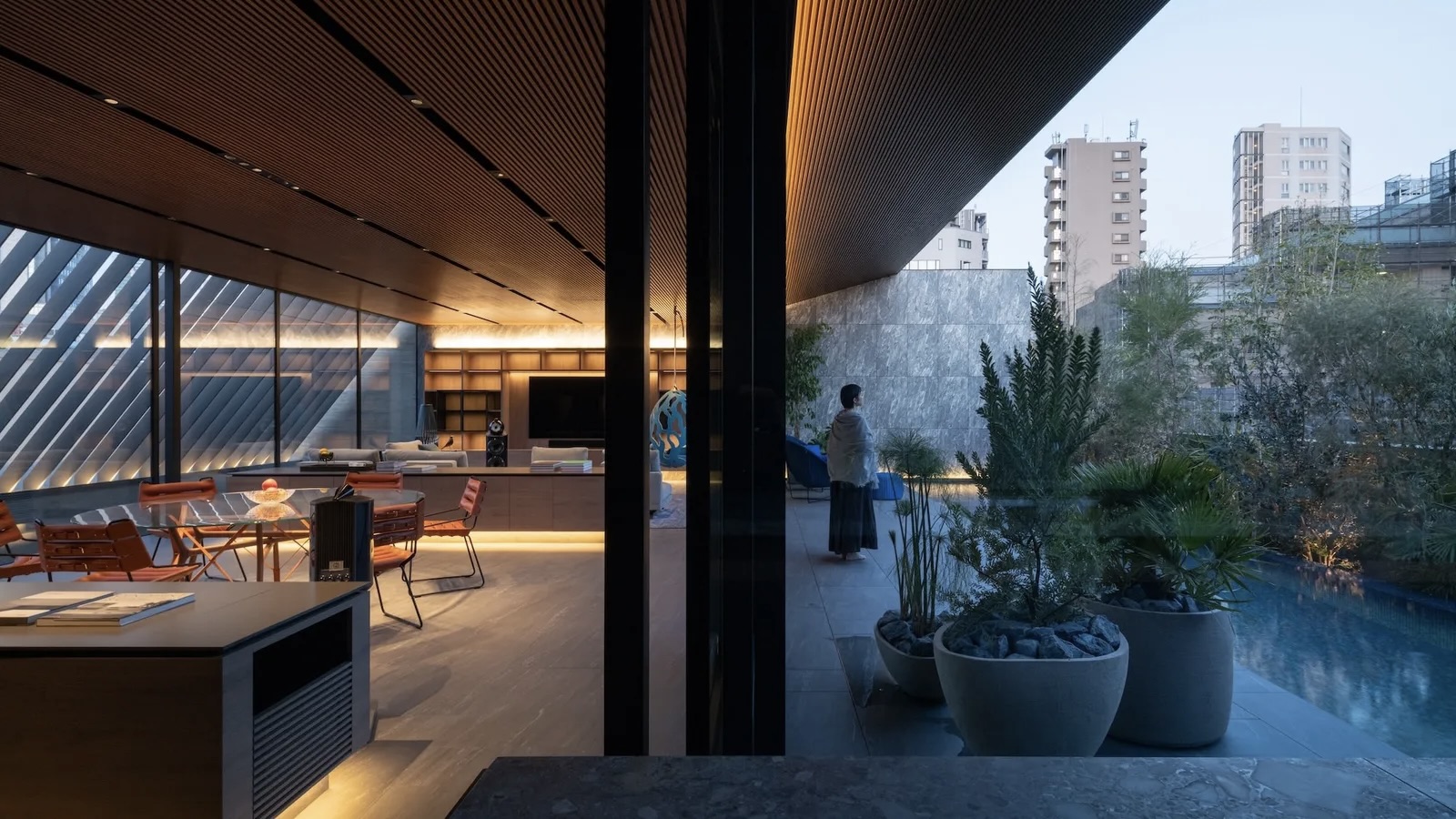 The Architecture Edit: Wallpaper’s houses of the month
The Architecture Edit: Wallpaper’s houses of the monthThis September, Wallpaper highlighted a striking mix of architecture – from iconic modernist homes newly up for sale to the dramatic transformation of a crumbling Scottish cottage. These are the projects that caught our eye
-
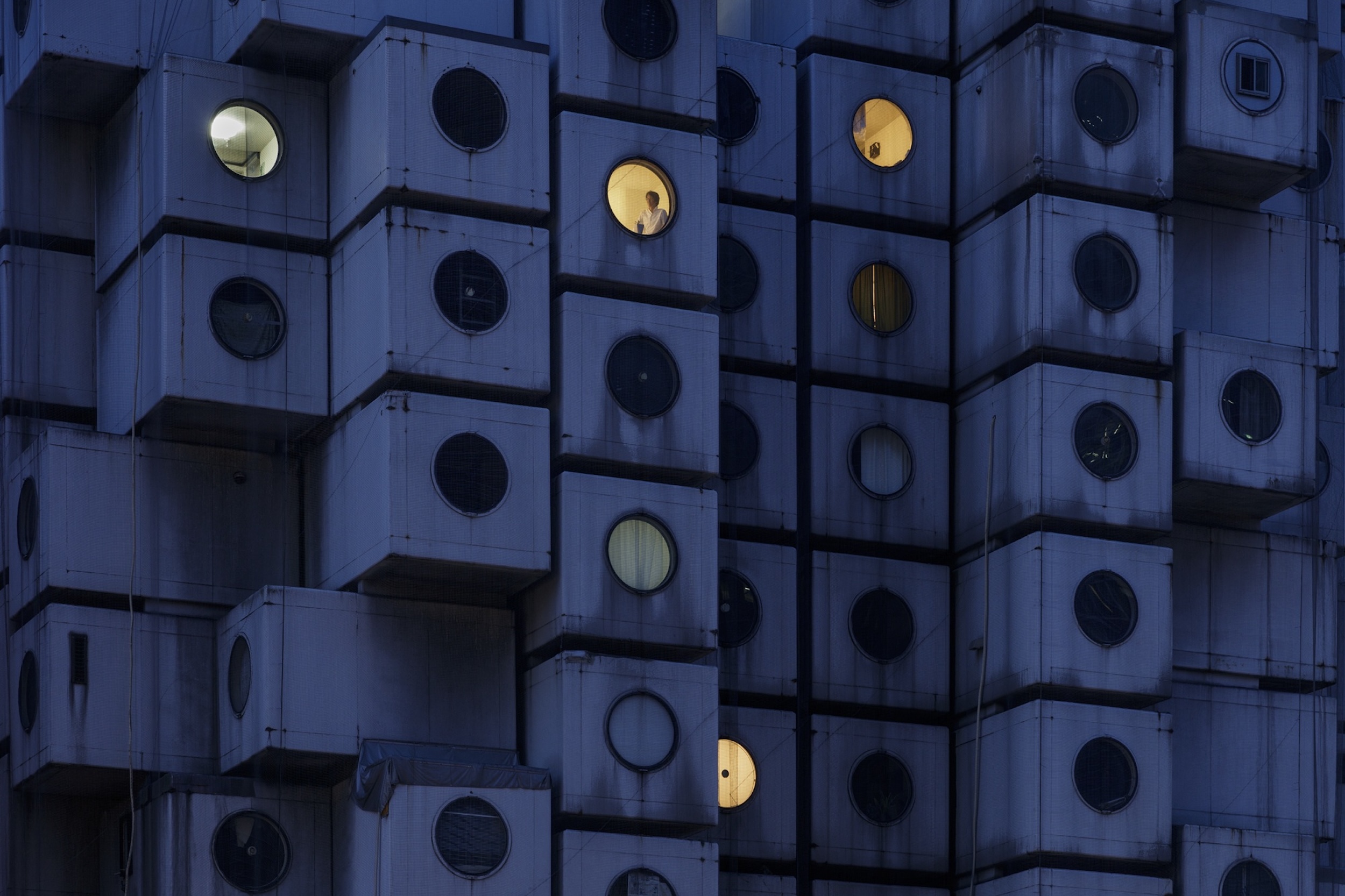 Utopian, modular, futuristic: was Japanese Metabolism architecture's raddest movement?
Utopian, modular, futuristic: was Japanese Metabolism architecture's raddest movement?We take a deep dive into Japanese Metabolism, the pioneering and relatively short-lived 20th-century architecture movement with a worldwide impact; explore our ultimate guide
-
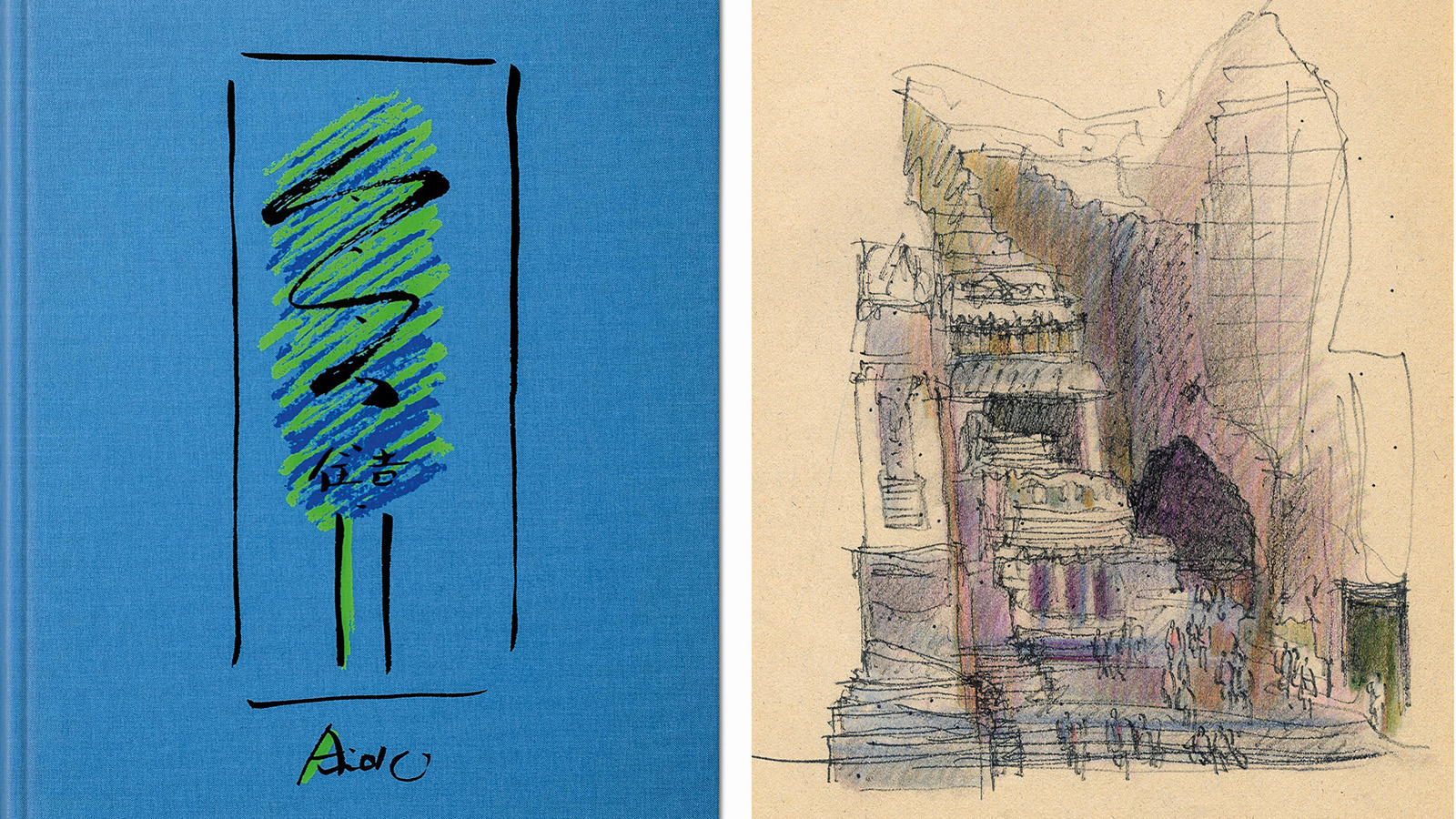 A new Tadao Ando monograph unveils the creative process guiding the architect's practice
A new Tadao Ando monograph unveils the creative process guiding the architect's practiceNew monograph ‘Tadao Ando. Sketches, Drawings, and Architecture’ by Taschen charts decades of creative work by the Japanese modernist master
-
 A Tokyo home’s mysterious, brutalist façade hides a secret urban retreat
A Tokyo home’s mysterious, brutalist façade hides a secret urban retreatDesigned by Apollo Architects, Tokyo home Stealth House evokes the feeling of a secluded resort, packaged up neatly into a private residence
-
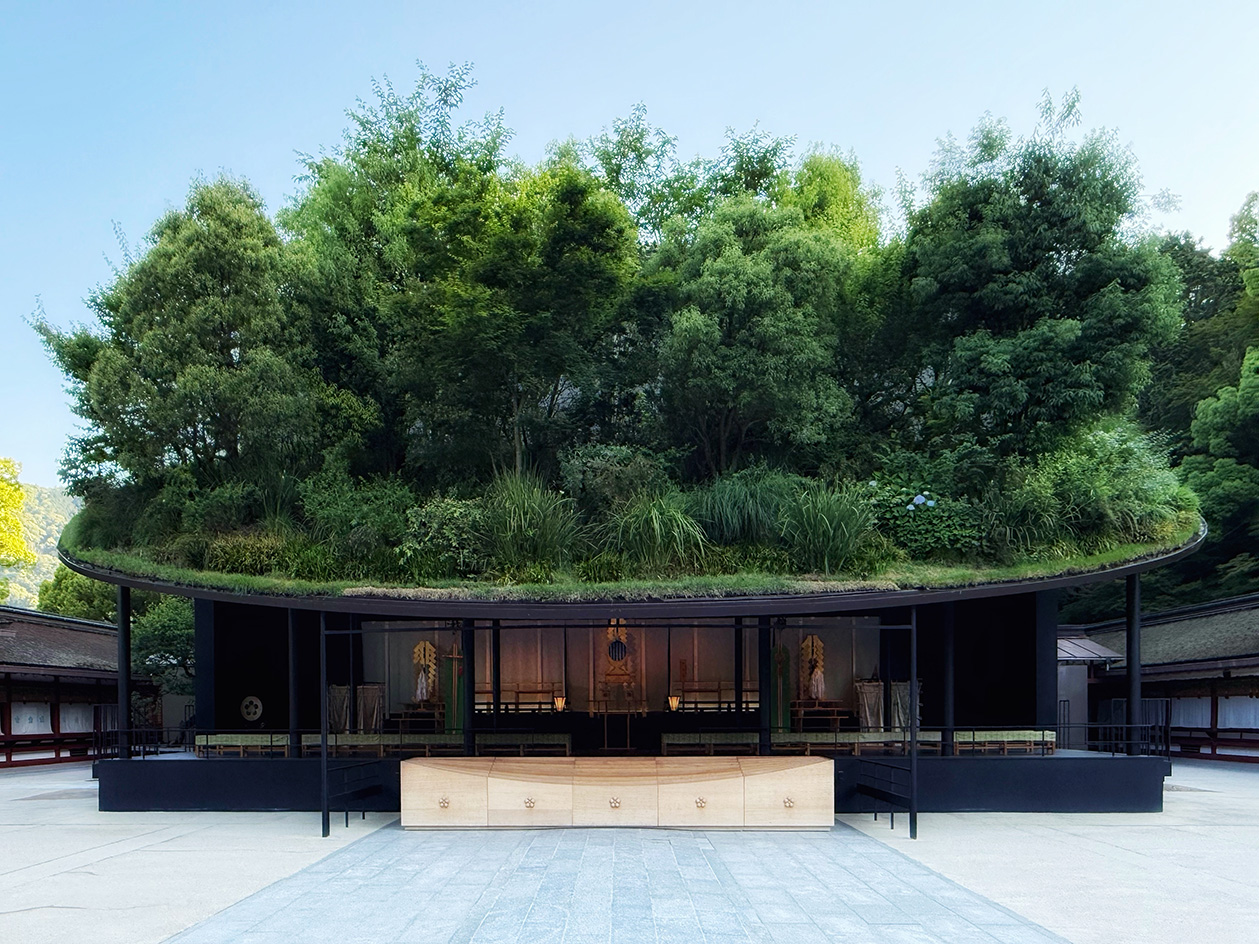 Landscape architect Taichi Saito: ‘I hope to create gentle landscapes that allow people’s hearts to feel at ease’
Landscape architect Taichi Saito: ‘I hope to create gentle landscapes that allow people’s hearts to feel at ease’We meet Taichi Saito and his 'gentle' landscapes, as the Japanese designer discusses his desire for a 'deep and meaningful' connection between humans and the natural world
-
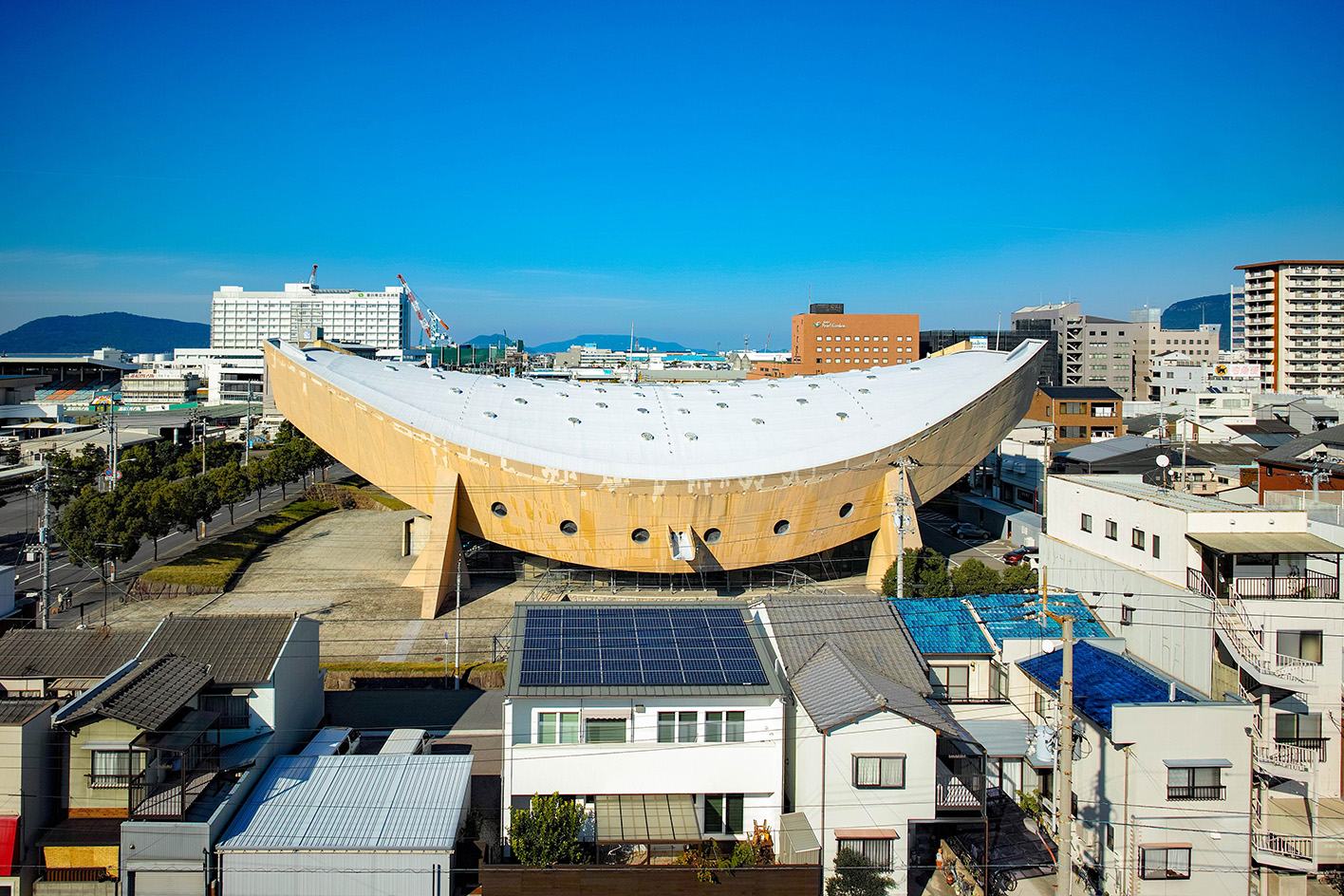 Campaigners propose reuse to save Kenzo Tange’s modernist ‘Ship Gymnasium’ in Japan
Campaigners propose reuse to save Kenzo Tange’s modernist ‘Ship Gymnasium’ in JapanThe Pritzker Prize-winning architect’s former Kagawa Prefectural Gymnasium is at risk of demolition; we caught up with the campaigners who hope to save it
-
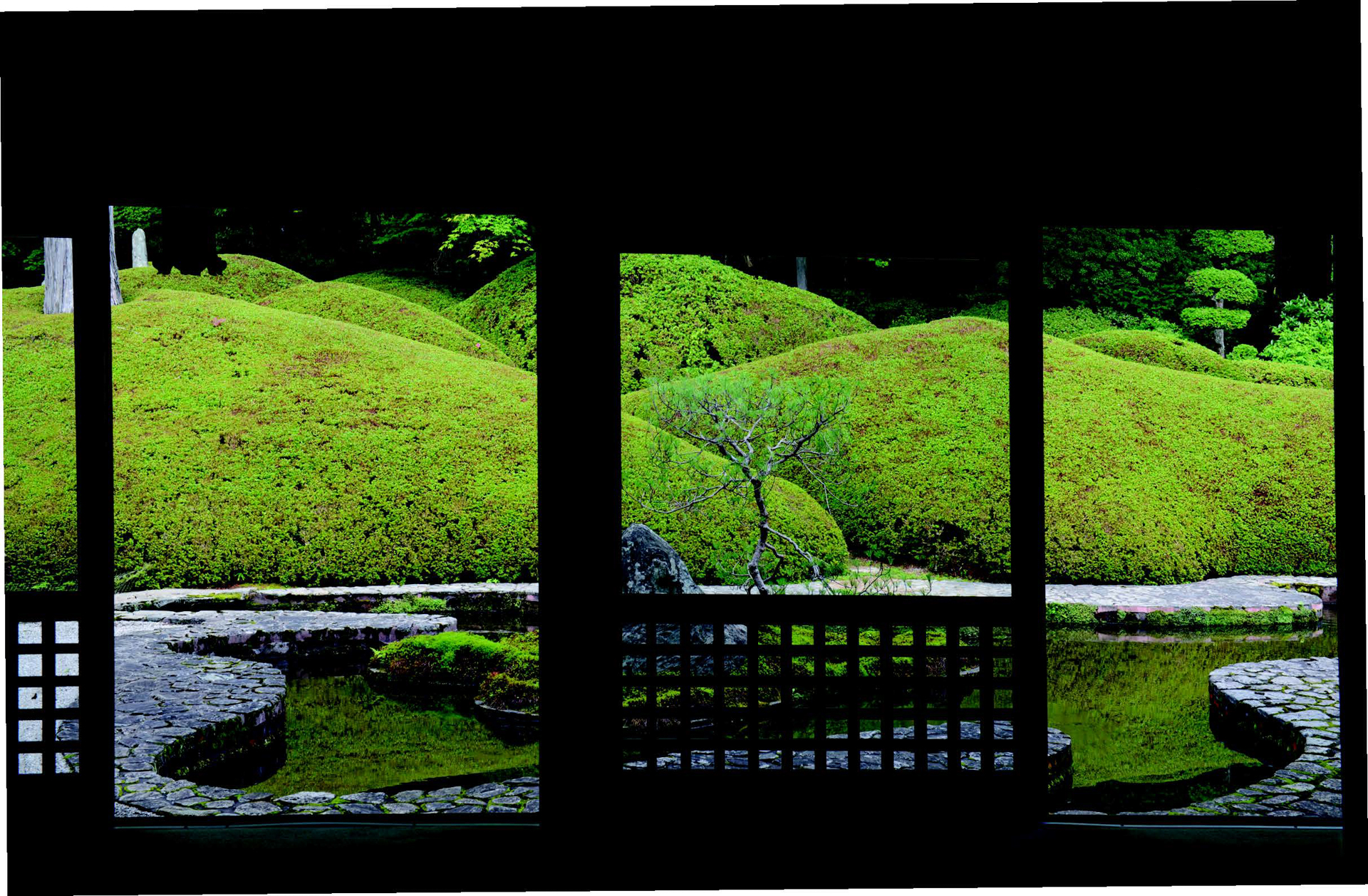 A new photo book explores the symbolic beauty of the Japanese garden
A new photo book explores the symbolic beauty of the Japanese garden‘Modern Japanese Gardens’ from Thames & Hudson traces the 20th-century evolution of these serene spaces, where every element has a purpose